Banking and Business Monthly – June 2020
Steven A. Migala • June 2, 2020
PERMITTING PPP LOANS UNDER AN EXISTING CREDIT FACILITY
While PPP loans have provided welcome relief for businesses affected by COVID-19, if a company already has a secured loan facility, PPP loans may not be permitted by an existing loan facility. A borrower and lender may need to amend the existing loan agreement to allow for the PPP loan. Among the terms to be considered in such an amendment are as follows:
Permit the PPP Loan
If not already covered, the lender should specifically permit the PPP loan as a carveout or exception from the borrower’s negative covenant not to incur or assume any further debt. Negotiations may arise over the amount of the PPP loan to be permitted, such as the lender only permitting the amount of the PPP loan it expects to be forgiven by a certain date. Structuring the carveout in this manner incentivizes the borrower to timely apply for PPP loan forgiveness.
Reporting Requirements
To ensure its borrower is adhering to the PPP loan requirements, a lender could request certificates from the borrower, confirming the borrower has been using PPP loan proceeds for forgivable purposes and maintaining and providing related records. For example, to receive loan forgiveness under a PPP loan with respect to payroll payments, a borrower will be required to submit documentation verifying the number of employees at the time of its PPP loan application and the time of its forgiveness application, as well as the cash compensation paid to such employees during the covered period. Therefore, a lender may require its borrower to deliver estimated amounts of allowable uses of the PPP loan proceeds to the lender, with weekly updates until the PPP loan is forgiven setting forth any material changes to such estimated amount.
Debt Calculation Carveout
To the extent a PPP loan may be forgiven, a borrower may request that a lender carve out the expected forgivable amount from the calculation of the borrower’s debt for purposes of financial covenant calculations. While this request seems fair from the borrower’s perspective because the amount forgiven is not true debt, because PPP loan forgiveness is a process and is not guaranteed, the lender may also want to negotiate a provision allowing for an addback to the extent that any amount of the PPP loan is determined to be unforgivable. Similarly, the parties should ensure that PPP loan proceeds are not included as income in any calculation of a borrower’s net income or EBITDA for financial covenant purposes.
Prohibited Payments
A lender may want to classify as a “prohibited payment” any amount paid by the borrower (a) in repayment or prepayment of interest or principal of the PPP loan, or (b) made using proceeds of the PPP loan, so as to control the timing and amount of such payments, to provide for certain conditions to first be met, and/or to ensure such amounts are used for forgivable purposes.
Cross-Default
Lenders should review the existing loan documents to ensure whether an amendment needs to be added to deem any default under the PPP loan as a default under the existing loan documents.
If you have any questions about amendments to existing loan documents in light of PPP loans, please contact me at smigala@lavellelaw.com
or 847-705-7555.
More News & Resources
Lavelle Law News and Events
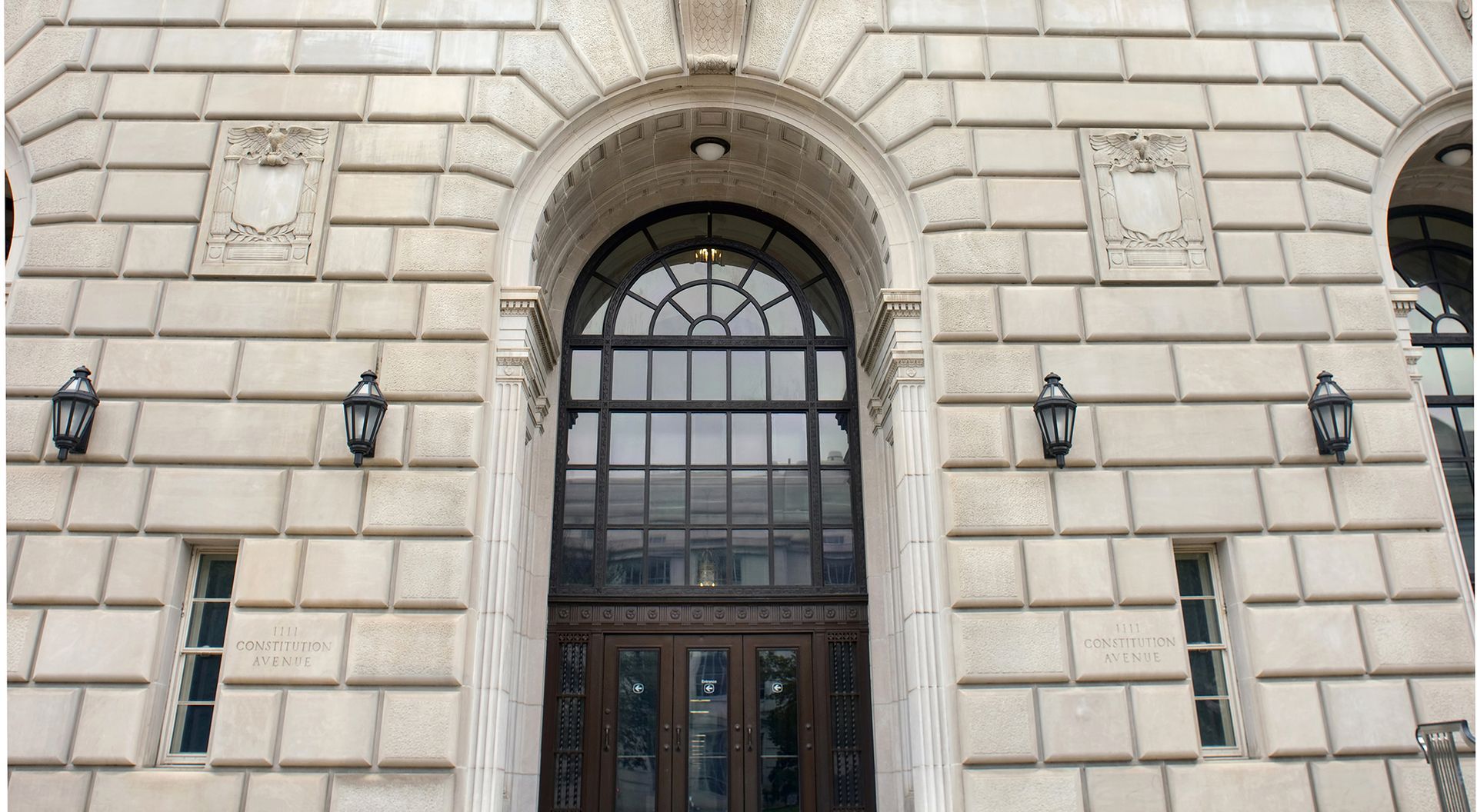
A Type F reorganization (“F Reorg”), governed by Section 368(a)(1)(F) of the Internal Revenue Code, provides a strategically significant mechanism for corporate restructuring. Defined as a “mere change in identity, form, or place of organization of one corporation,” an F Reorg permits a corporation to alter its legal existence while being treated for federal tax purposes as the same entity. This recharacterization allows for the uninterrupted preservation of tax attributes while maintaining shareholder continuity.

When it comes to estate planning, most people think about providing for their loved ones—but what about the furry, feathered, or scaled members of your family? In the United States, 68% of households own at least one pet, according to the American Pet Products Association’s 2023-2024 National Pet Owners Survey. For many, pets are more than just companions—they’re family. Ensuring their care after your death or incapacity is a vital part of comprehensive estate planning. In Illinois, a Pet Trust offers a powerful solution to guarantee your pet’s well-being long after you’re gone.
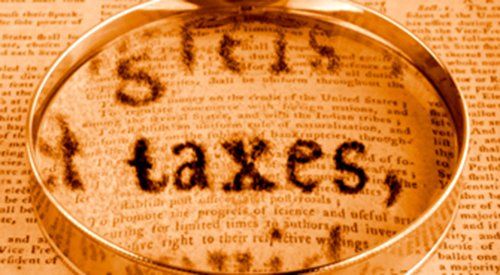
IRS Press Release Addresses Payment Plan Options - A recent press release by the IRS addressed the options that are available to taxpayers who may owe more on April 15th than they can pay. The IRS advised taxpayers that they do not need to wait until April 15 to file their 2024 federal return, and if they owe and are unable to pay the balance in full, there are payment plans available to help them pay their tax obligation.
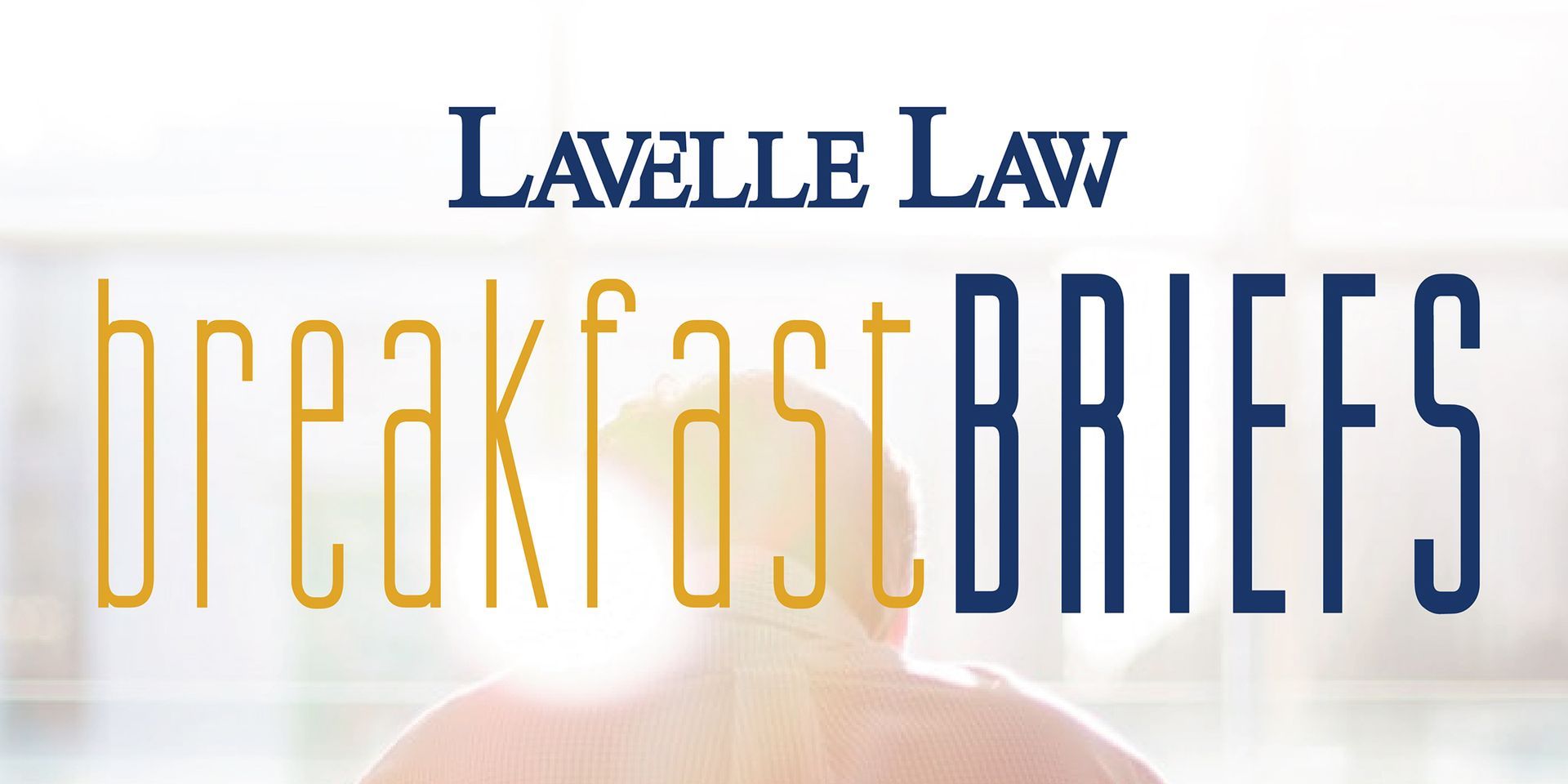
Join us on May 21 in Schaumburg for an engaging Breakfast Briefs seminar, delving into vital strategies to fortify your business. This session will explore the critical role of crafting ironclad non-compete agreements, shielding your trade secrets, and mastering the nuances of temporary restraining orders (TROs) and injunctive relief. Our presenters, attorneys Matthew Sheahin and Jennifer Tee, bring a wealth of experience in this legal domain. Seize this chance to bolster your company’s legal protections and lay a solid groundwork for enduring success!
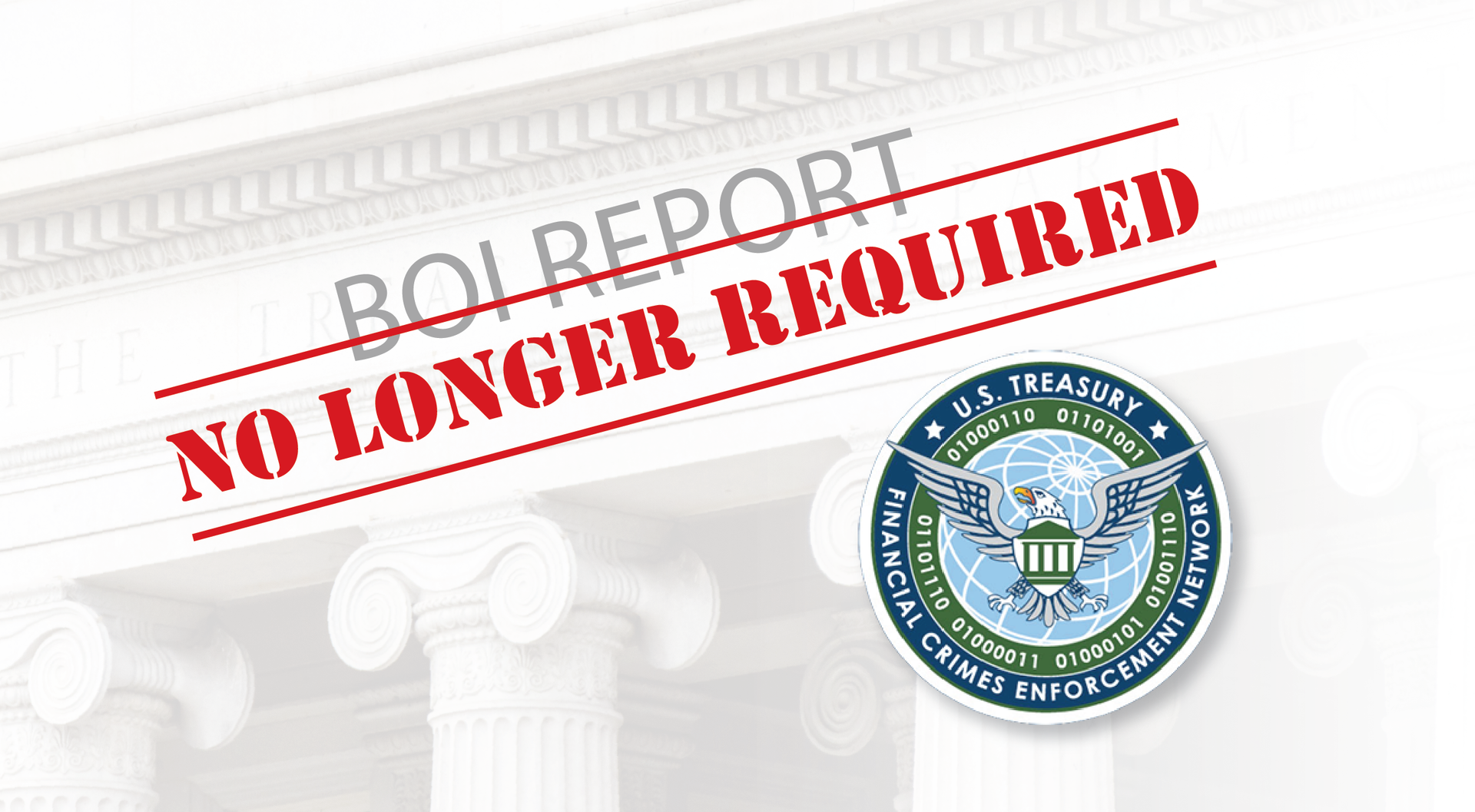
On March 21, 2025, the Financial Crimes Enforcement Network (FinCEN) issued its interim final rule stating that those entities previously classified as "domestic reporting companies" are now exempt from all BOI reporting requirements. On the other hand, all foreign entities registered to do business in the USA must file their own initial BOI reports within 30 days of the initial final rule's publication, if they have not done so already.

Spring is here, and with baseball season kicking off, we’re stepping up to the plate with our annual Lavelle Law Business After Hours event. We’re excited to partner with our friends in the Schaumburg business community for an evening of networking, good vibes, and a few surprises—all hosted in the friendly confines of our Schaumburg office. Bonus points: Feel free to rock your favorite baseball team’s gear and show off your fandom while you’re at it!

Delaware corporations seeking to redomesticate to another state should be advised that on February 4, 2025, the Delaware Supreme Court issued its highly anticipated decision in Palkon v. Maffei, C.A. No. 2023-0449-JTL, addressing a challenge to TripAdvisor's redomestication from a Delaware corporation to a Nevada corporation. The case raised important questions regarding the standard of review applicable to such reincorporations, particularly when fiduciaries may derive a benefit from shifting to a legal regime perceived as more friendly.
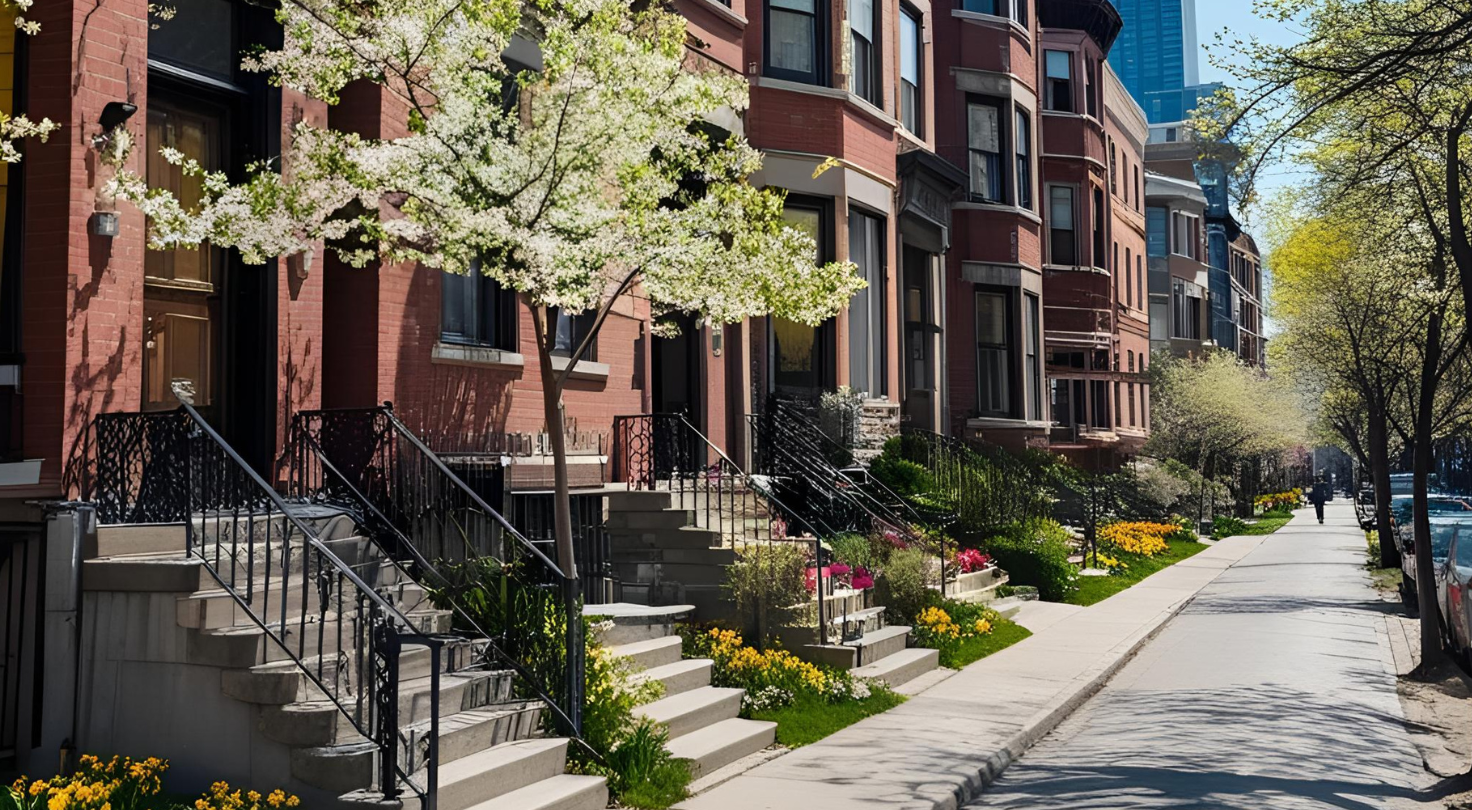
Recent legislative efforts in Illinois are reshaping the state’s approach to residential zoning, with significant implications for the housing market. A new bill, House Bill 1814, introduced last week, aims to eliminate single-family zoning in municipalities across Illinois. If passed, this bill will allow for the development of multi-unit buildings in areas currently zoned exclusively for single-family homes. This initiative, alongside a similar bill introduced last year, has the potential to address the state’s growing housing shortage and make housing more affordable for middle-class families.
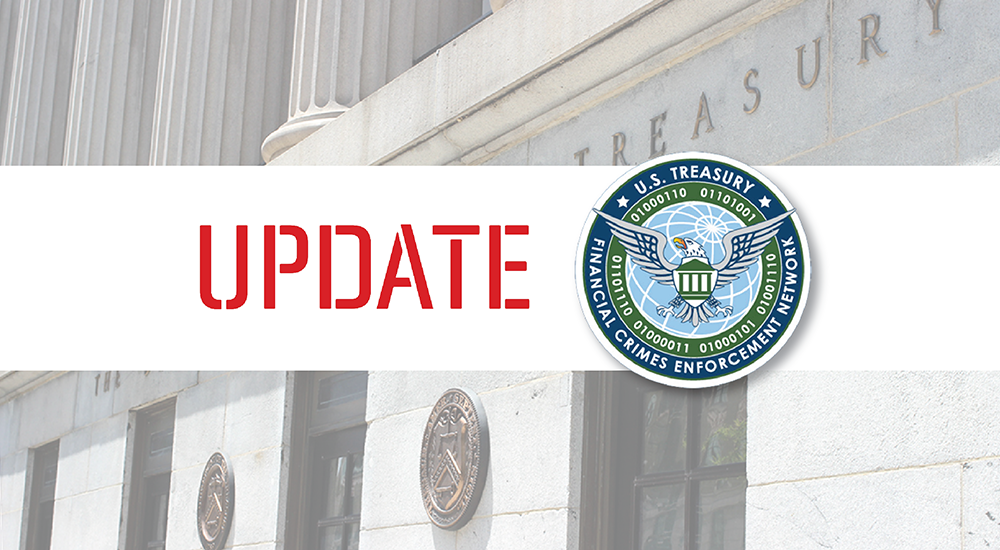
On February 27, 2025, FinCEN issued an immediate press release stating it would not impose fines, penalties, or take any other enforcement actions against companies that fail to file or update Beneficial Ownership Information ("BOI") reports pursuant to the Corporate Transparency Act ("CTA") by the current deadlines. FinCEN also announced that it would be revising BOI reporting deadlines through an interim final rule set to be issued no later than March 21, 2025.



